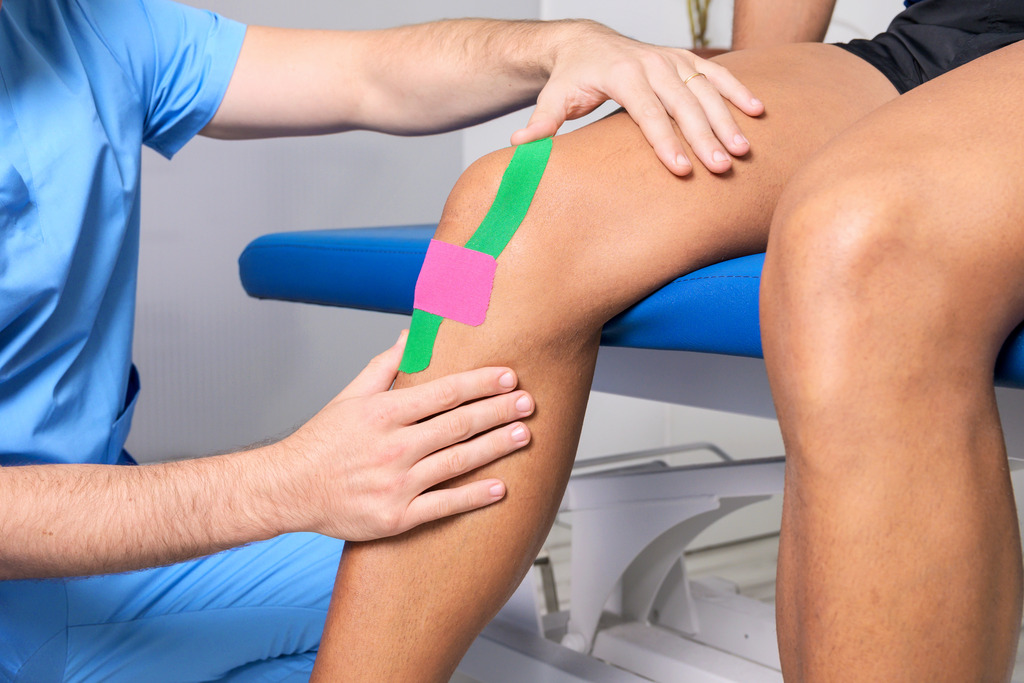Tips on How to Have Successful Orthopedic Physical Therapy

Orthopedic physical therapy (PT) is a specialized branch of physical therapy that focuses on the diagnosis, treatment, and rehabilitation of musculoskeletal conditions and injuries. It aims to improve your mobility, function, and overall quality of life by utilizing targeted exercises, manual therapy techniques, and patient education.
We’ll explore the key aspects of orthopedic physical therapy and provide valuable tips for a successful rehabilitation journey.
Our Tips for Successful Orthopedic Physical Therapy (PT)
Here are some useful tips to make your orthopedic PT journey successful:
Follow your treatment plan diligently
Your orthopedic physical therapist will design a personalized treatment plan tailored to your specific needs and goals. It’s essential to adhere to this plan and complete the prescribed exercises and activities as instructed. Consistency and commitment to your therapy regimen will maximize the effectiveness of your rehabilitation.
Communicate openly with your therapist
Effective communication with your orthopedic physical therapist is key to a successful outcome. Share any concerns, pain levels, or changes in your condition during therapy sessions. Your therapist can then adjust your treatment plan accordingly, ensuring that it remains safe and effective.
Practice good self-care
Apart from the therapy sessions, taking care of yourself outside of the clinic is crucial. Get sufficient rest, maintain a balanced diet, and prioritize hydration. These factors contribute to your body’s overall healing process and can enhance the effectiveness of your orthopedic physical therapy.
Maintain a positive mindset
Rehabilitation can be challenging, but maintaining a positive mindset can greatly impact your progress. Believe in your ability to recover and focus on the improvements you’re making along the way. Celebrate even the small victories, as they signify progress and provide motivation to keep pushing forward.
Embrace patience and pace yourself
Recovery takes time, and everyone’s healing process is unique. Be patient with your body and avoid pushing yourself too hard too soon. Follow your therapist’s guidance and progress at a pace that is appropriate for your condition. Overexertion or rushing through your therapy can lead to setbacks or reinjury.
Practice proper body mechanics and ergonomics
Learning and implementing proper body mechanics and ergonomics are essential to prevent future injuries and maintain long-term joint health. Your orthopedic physical therapist can educate you on proper posture, lifting techniques, and ergonomics related to your daily activities and work environment.
Stay engaged and ask questions
Actively engage in your therapy sessions by asking questions, seeking clarification, and understanding the purpose behind each exercise or technique. The more you understand about your condition and the rehabilitation process, the better equipped you’ll be to actively participate in your recovery.
Remember, every individual’s orthopedic physical therapy journey is unique. By following these tips, maintaining a positive attitude, and working closely with your orthopedic therapist, you can maximize the effectiveness of your therapy and achieve successful outcomes.
Now, let’s examine some other important aspects of orthopedic PT.
What Is Orthopedic Physical Therapy?
Orthopedic PT involves the assessment and treatment of various musculoskeletal conditions, including:
- Fractures
- Sprains
- Strains
- Joint replacements
- Chronic pain
It employs evidence-based techniques to restore mobility, reduce pain, increase strength, and enhance functionality. Orthopedic therapists are highly skilled professionals who work closely with patients to develop personalized treatment plans tailored to their specific needs.
What Is the Difference Between Physical Therapy and Orthopedic Physical Therapy?
Physical therapy, in general, encompasses a broad range of treatments aimed at addressing physical impairments, functional limitations, and disabilities. Orthopedic therapy is a specialized subset of physical therapy that specifically focuses on the musculoskeletal system.
While physical therapy may cover various conditions and areas of the body, orthopedic PT hones in on the diagnosis and treatment of injuries and conditions that affect:
- Bones
- Muscles
- Joints
- Ligaments
- Tendons
What Types of Physical Therapy Are There?
Within the field of physical therapy, several specialized areas exist, including orthopedic PT. Other notable types of physical therapy include:
- Neurological physical therapy (for conditions like stroke and spinal cord injuries)
- Cardiovascular and pulmonary physical therapy (for heart and lung conditions)
- Pediatric physical therapy (for children with developmental delays or disabilities).
Each type of physical therapy has its unique focus and treatment approaches, catering to specific patient populations.
What Are the Duties of an Orthopedic Therapist?
Orthopedic therapists play a crucial role in the rehabilitation process. Their responsibilities include:
Evaluation and assessment
Orthopedic physical therapists conduct comprehensive evaluations to assess the patient’s condition, identify impairments, and establish baseline measures. This involves analyzing medical history, performing physical examinations, and utilizing various diagnostic tools.
Treatment planning
Based on the evaluation, orthopedic physical therapists develop personalized treatment plans that address the specific needs and goals of each patient. These plans typically incorporate exercises, manual therapy techniques, modalities, and patient education.
Rehabilitation interventions
Orthopedic physical therapists employ a wide range of interventions, including:
- Therapeutic exercises
- Stretches, joint mobilizations
- Soft tissue techniques
- Electrical stimulation
- Heat/cold therapy
These interventions are designed to improve strength, flexibility, range of motion, balance, and functional abilities.
Patient education
Education plays a vital role in orthopedic physical therapy. Therapists educate patients on proper body mechanics, ergonomics, postural awareness, and injury prevention strategies. They also provide guidance on home exercises, self-care techniques, and lifestyle modifications to support long-term recovery.
Our Leading Orthopedic Physical Therapy Services in Raleigh Make Us the Provider of Choice for the Triangle Region
With a team of highly skilled and compassionate physical therapists, we are dedicated to helping patients regain their strength and mobility. We’re also one of the few independently-owned orthopedic practices. This means that you have a greater choice of where to have your procedures or surgery.
If you’re having bone, joint, or muscle issues, don’t hesitate. Failure to get timely treatment can often make the situation worse. Instead, contact us today to schedule an appointment. Discover why we’re the premier orthopedic practice in Raleigh.
